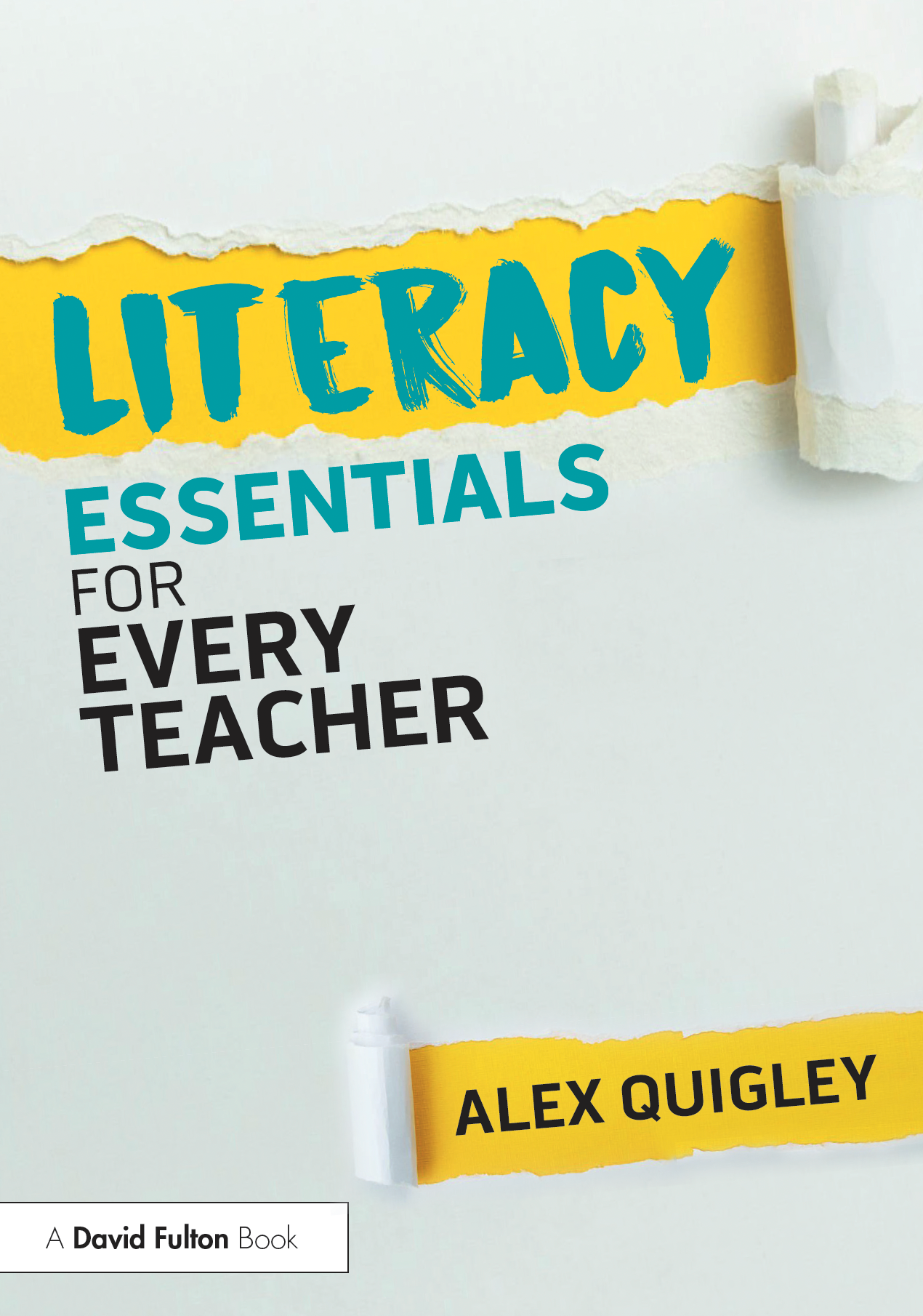We all get our students to do tests. We do long answers, short answers, multiple choice, long essays, or performances in Music, Drama, PE and Art. In short, there is lots of testing and, as we know, lots of feedback. We all know that this tried and tested (sorry!) method is a route to success, though we are wary of solely teaching to the test. A ‘confidence test‘ is one little tweak to make those tests better and to enhance the feedback we can from students in response.
You may do something similar already, but it is a minor tweak that can enrich the mock examinations and similar that we get students to complete.
One simple confidence test, prior to a quiz, or a test or a piece of work is to add an explicit confidence test e.g.
I am – very confident
– semi-confident
– guessing / not confident at all
You can implicitly add in a confidence test by creating a multiple choice answer with a few additions, alongside the usual A. B, C or D optional answers e.g.
E) A or B
F) C or D
G) No idea/ I am guessing
This gets our students thinking more about what they know and don’t know, but it provides us with even better insights about misconceptions and common errors, alongside a general unconfident pattern, or even an overconfidence exhibited by our students.
We can then add a few more questions or ‘exam wrappers’ to find out more about their thinking and the confidence they have in their preparation. These are really easy. Rather than just getting information on the answers, you can get the ‘wrap around’ feedback on how hard they worked for the test or how well they prepared etc.
A simple question like ‘how many hours revision did you commit for this test is a start. You can then list a sequence of strategies to see how they revised. Here is an example:

(see the Carnegie Mellon University link below for more)
This is a quick and easy way to get students thinking hard, not just about their subject knowledge, but also about how they learn, how confident they are, or not, whilst helping us to guide them with this specific feedback. It is incredibly handy for mock examinations and the like.
For extra resources, look at this Carnegie Mellon University site here and the provocatively titled, ‘Teaching Naked‘ site here (just be careful with your internet search!).
You can find out more about teaching strategies like this in my book, ‘The Confident Teacher‘ – it is packed full of useful strategies on teacher Explanations, Feedback and Questioning, Memory for Learning, and Metacognition and Modelling.






Comments